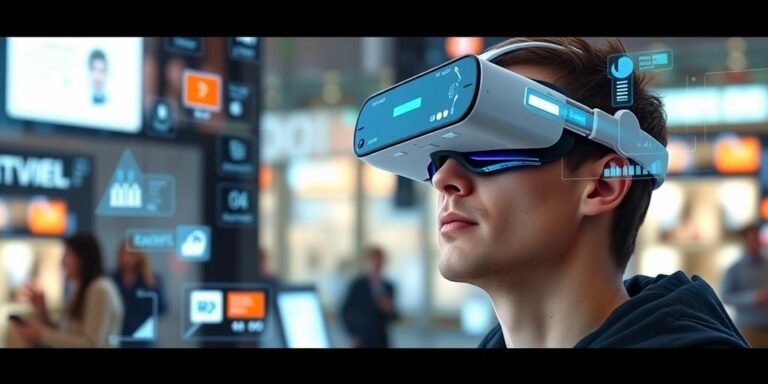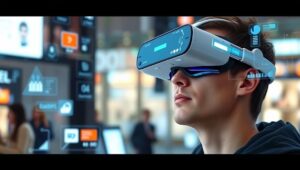The Killer Apps for Consumer AR/VR (Beyond Gaming – 2026)
Augmented Reality (AR) and Virtual Reality (VR) technologies have been steadily evolving, and while gaming has been a prominent application, the true potential lies far beyond. By 2026, we anticipate several ‘killer apps’ will emerge, driving mainstream consumer adoption. This article explores these key areas, highlighting the functionalities and impacts we can expect.
1. Immersive Education and Training
- Functionality: AR/VR offers unparalleled opportunities for interactive and engaging education. Imagine medical students performing virtual surgeries, or history classes where students explore ancient civilizations firsthand.
- Impact: Enhanced learning outcomes through experiential education, reduced costs for practical training in fields like engineering and medicine, and increased accessibility to specialized knowledge.
2. Remote Collaboration and Communication
- Functionality: Beyond simple video conferencing, AR/VR will enable realistic, shared virtual workspaces. Teams can collaborate on 3D models, conduct virtual meetings with avatars, and share information in an immersive environment.
- Impact: Increased productivity for remote teams, reduced travel costs, and improved communication through non-verbal cues and shared spatial understanding.
3. Enhanced Retail and Shopping Experiences
- Functionality: AR allows consumers to virtually ‘try on’ clothes, visualize furniture in their homes, or explore product details in 3D before making a purchase. VR stores offer fully immersive shopping experiences from the comfort of home.
- Impact: Higher conversion rates for online retailers, reduced returns due to better visualization, and personalized shopping experiences tailored to individual preferences.
4. Immersive Entertainment and Social Events
- Functionality: Beyond gaming, AR/VR will transform how we experience concerts, sports events, and social gatherings. Imagine attending a live concert virtually with friends, or participating in an interactive theater performance.
- Impact: New revenue streams for artists and event organizers, increased accessibility to live events for people with disabilities or geographical limitations, and enhanced social connections through shared immersive experiences.
5. Navigation and Information Overlay
- Functionality: AR-powered navigation apps will overlay directions and information directly onto the real world, providing seamless guidance for pedestrians and drivers. Imagine seeing real-time traffic updates or points of interest overlaid on your car’s windshield.
- Impact: Improved safety and efficiency for navigation, reduced reliance on traditional maps, and real-time access to contextual information about the surrounding environment.
Conclusion
While gaming remains an important application, the future of consumer AR/VR extends far beyond. By 2026, immersive education, remote collaboration, enhanced retail, immersive entertainment, and AR-powered navigation will emerge as killer apps, driving widespread adoption and transforming how we live, work, and interact with the world. The key will be seamless integration with existing technologies, affordable hardware, and compelling content that provides real value to consumers.




